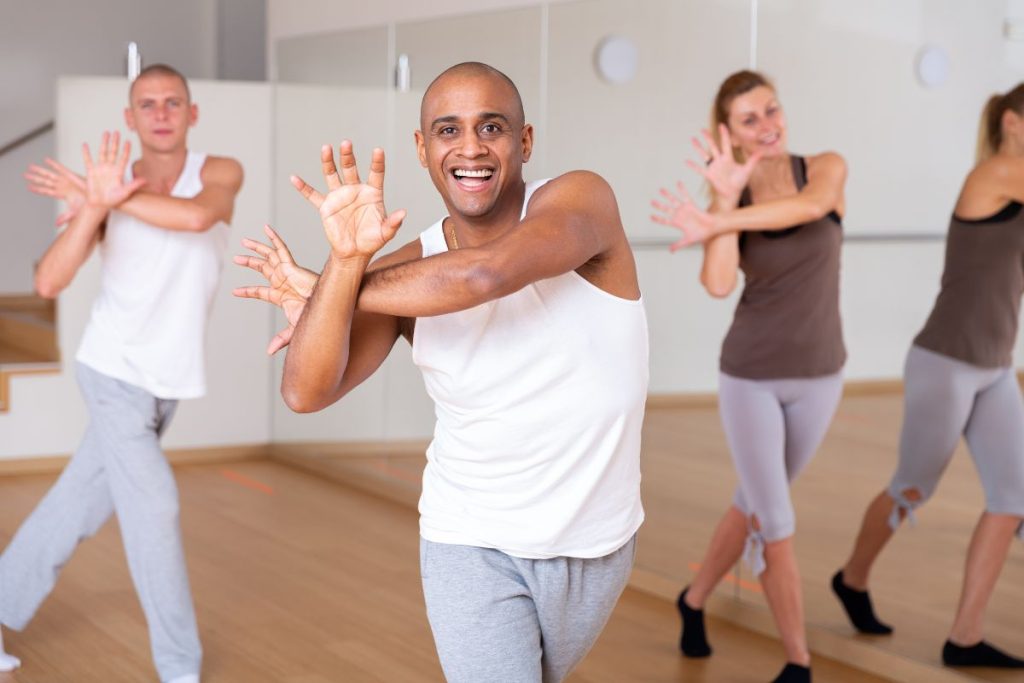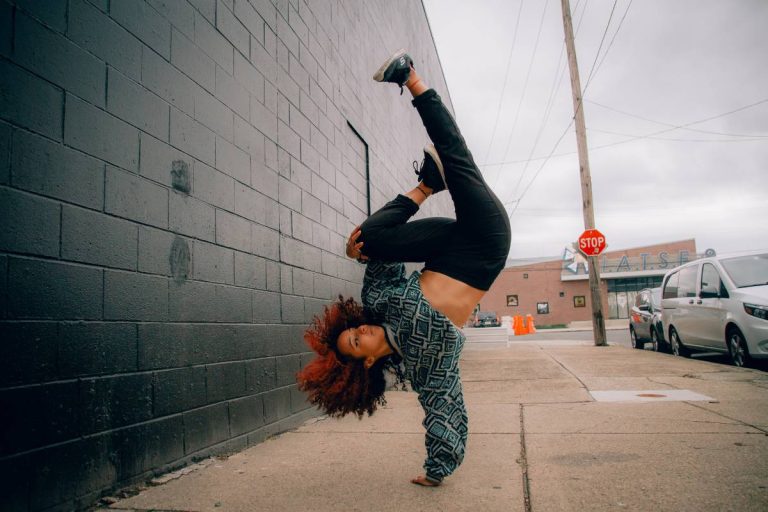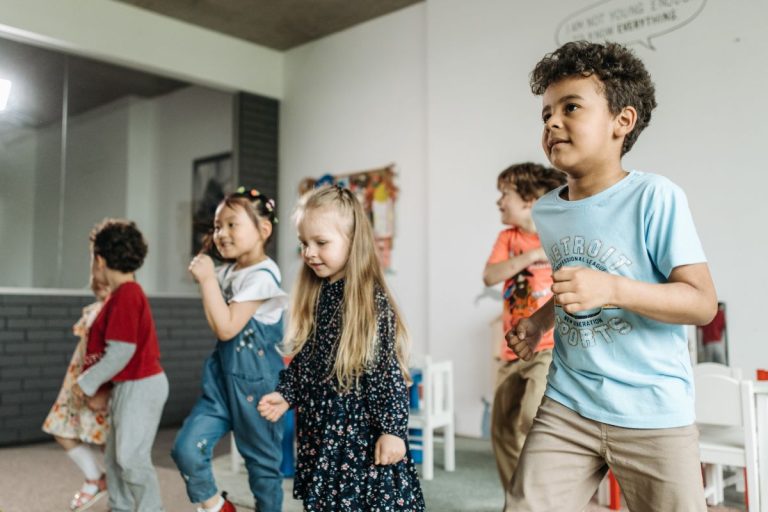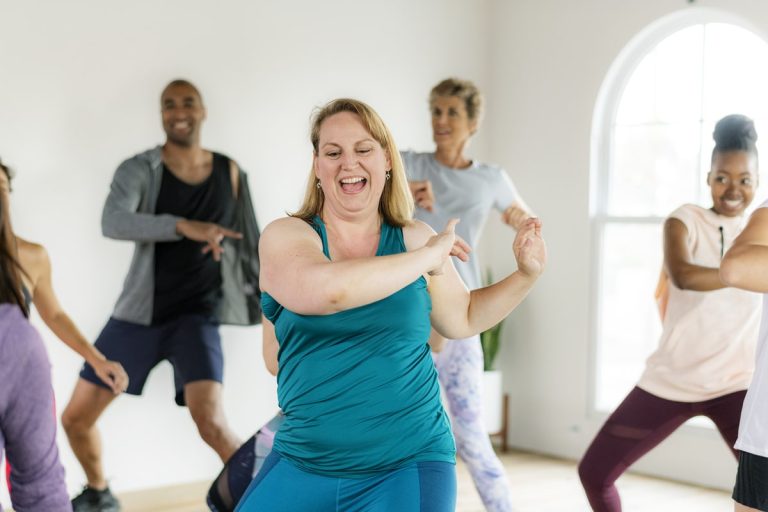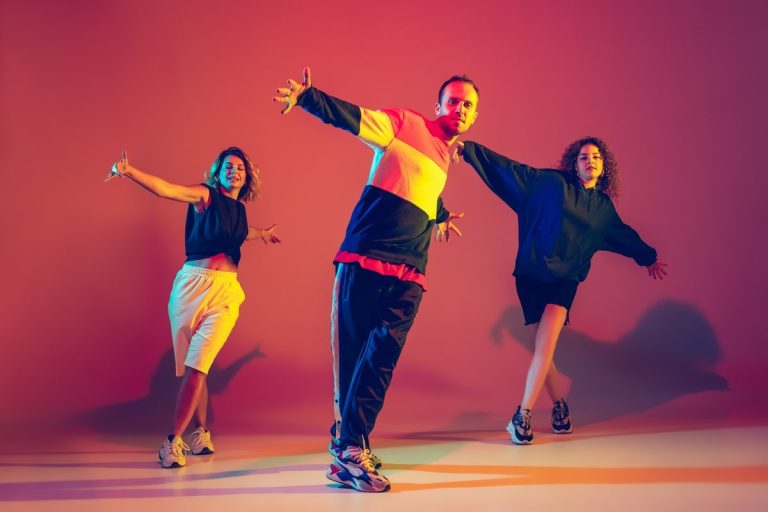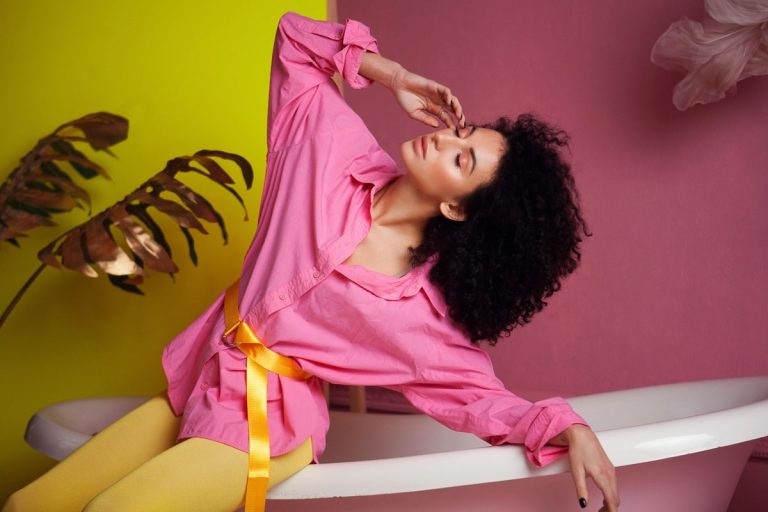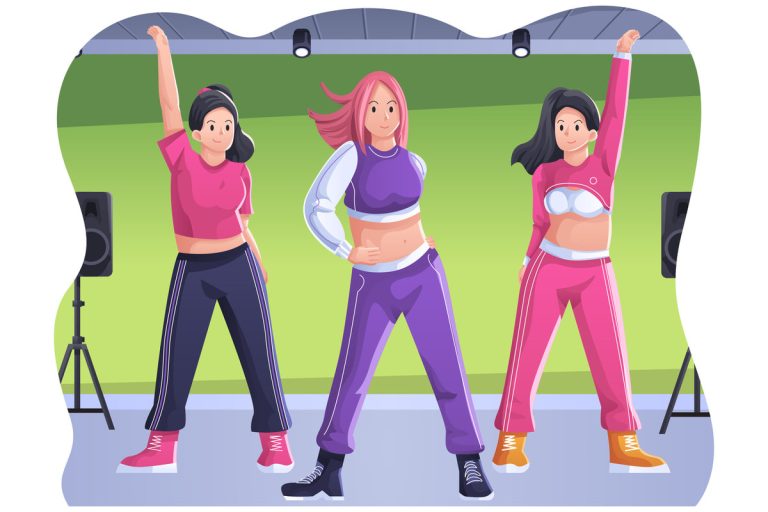Irish dancing is a fascinating and complex art form that has captivated audiences worldwide. Irish dance is more than just entertainment; with its upbeat music, quick footwork, and colorful costumes, it is a cultural expression with a strong foundation in Irish history. Whether you are a novice or an experienced dancer, knowing Irish dancing principles is crucial to succeeding in this mesmerizing art. The top five Irish dancing methods that are essential for anyone wishing to become a proficient Irish dancer will be covered in this article.
Position and Orientation
Posture and alignment are the cornerstones of any dancing style, including Irish dance. Irish dancers must stand tall and straight to perform their routines gracefully and accurately. Irish dancers must have relaxed shoulders, a straight back, and a level chin. The aesthetic attractiveness of the dance is improved by proper alignment, and the chance of injury is decreased because it ensures your movements are smooth and controlled.
Rhythm and Footwork
The complex footwork and captivating rhythms of Irish dancing are well known. The two primary forms of Irish dancing, soft and hard shoes, have unique movements. Dancers perform beautiful, flowing motions with pointed toes and complex foot positioning while wearing soft shoes. Complicated shoe dance, on the other hand, features rhythmic, percussion-based movements that produce a fascinating sound. You must pay great attention to your footwork.
Suppose you want to learn the art of Irish dancing. Practice fundamental moves like the reel, jig, and slip jig until your rhythm and movements are perfect. The precise footwork that makes Irish dancing engaging may be mastered with consistent practice and close attention to detail.
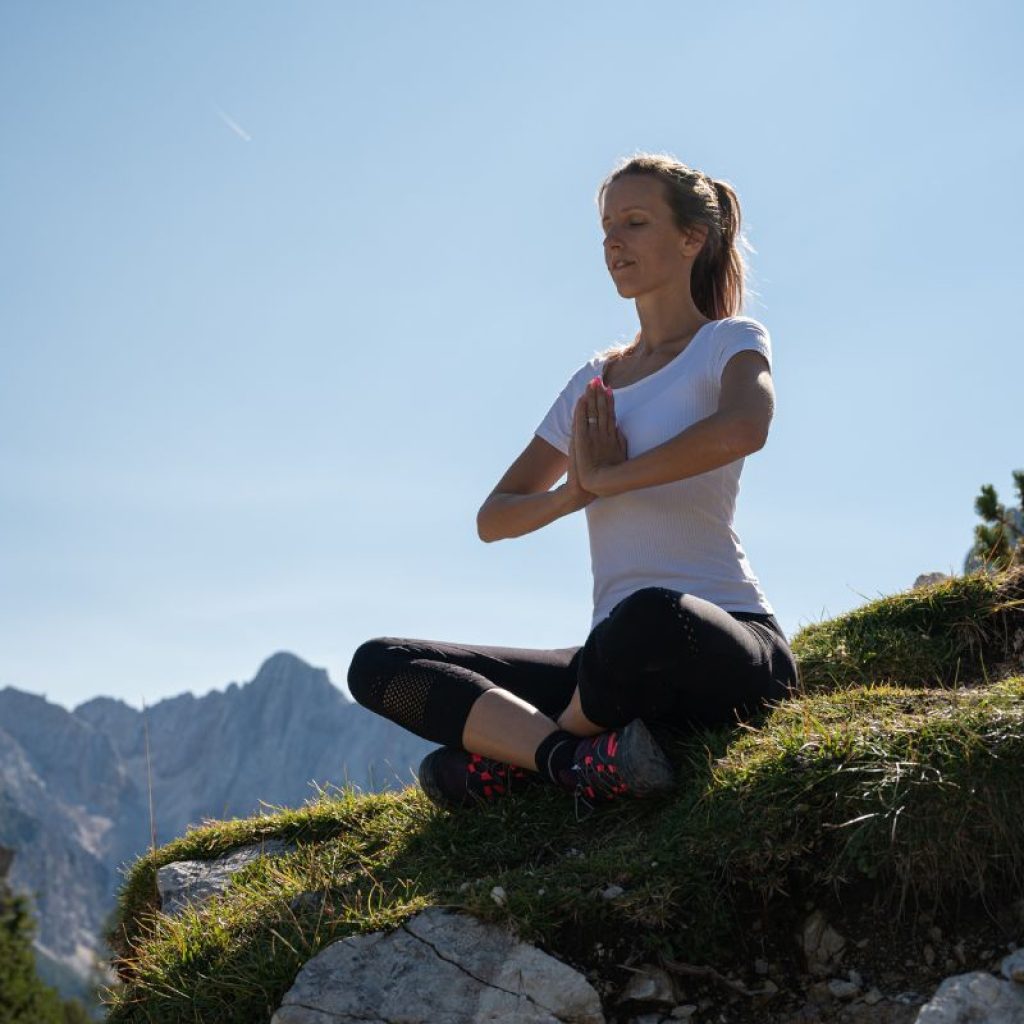
Upper Body Awareness
Even while the feet receive much attention in Irish dance, the upper body is just as crucial for maintaining poise and balance. Dancers should keep their upper bodies steady and under control when executing complex steps. The audience will enjoy a thrilling visual and audio experience because of this control’s ability to create an elegant and seamless link between the upper and lower body. Stretches and exercises that focus on core strength and flexibility to build upper body control. Balance and posture, crucial elements of upper body control in Irish dancing, can be improved with yoga and Pilates.
Rhythm and Timing
Irish dancing has an innate connection to the music that goes with it. To synchronize their movements successfully, dancers need to thoroughly comprehend the music’s structure, rhythm, and phrasing. A talented Irish dancer can be distinguished from an extraordinary one by their musicality.
It’s crucial to constantly listen to traditional Irish music and become familiar with its intricacies if you want to master this component of Irish dance. Dancers frequently rehearse their routines to live or recorded music during class sessions, which helps them acquire a fine sense of timing and musicality.
Presentation and Expression
Irish dancing is more than just performing steps flawlessly; it conveys meaning and feeling through movement. Engaging the audience and expressing the desired emotions is critical whether you’re dancing a joyful jig or a somber slow dance.
Irish dancing relies heavily on facial expressions and upper body movements to convey emotion. Dancers should work on putting their all into their routines so the audience can relate to the tales they tell through their training.
Conclusion
Irish dancing is a compelling art form that combines dexterous footwork, rhythmic accuracy, and cultural expression. Focusing on posture, footwork, upper body control, musicality, and performance is essential to mastering the art of Irish dancing. Any prospective Irish dancer who wants to flourish in this rich and dynamic tradition must master these five methods.
Remember that learning Irish dancing requires patience, commitment, and regular practice. These techniques will provide a solid basis for entering the world of Irish dance, regardless of whether your goal is to dance for your enjoyment or to perform on large stages. So put on your dancing shoes, work hard at practice, and let the allure of Irish dance transport you to a fascinating world of custom, culture, and artistic expression.

